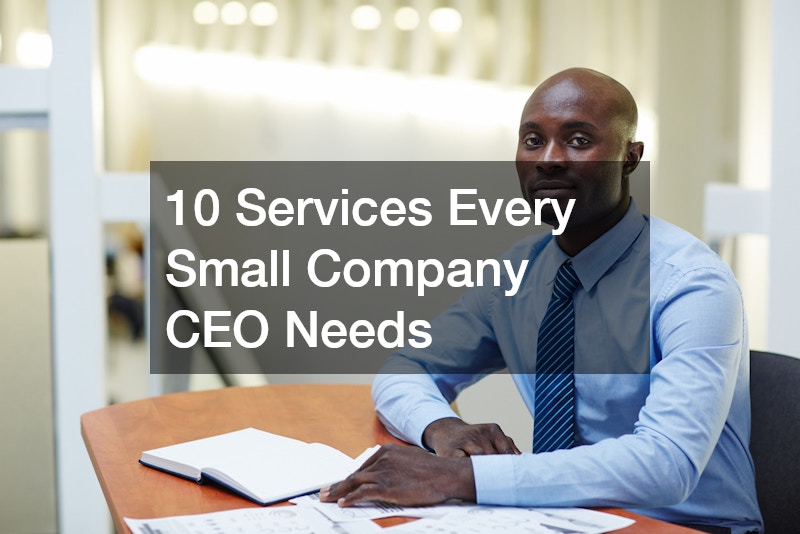- Offer flexible work arrangements, such as remote working and different schedules, to promote work-life balance.
- Provide professional development opportunities for growth and career advancement.
- Foster a positive workplace culture by encouraging open communication and recognizing good work.
- Promote physical health and wellness through gym memberships, healthy eating habits, and mental health resources.
- Curate a workspace environment for employee well-being with ergonomic workstations, natural lighting, plants and garden, and relaxation areas.
As an employer, you are responsible for your employees’ well-being. Prioritizing their well-being not only leads to a healthier and happier workplace but also results in increased productivity and better employee retention rates. Here are five ways to prioritize your employees’ well-being.
1. Offer Flexible Work Arrangements
Flexible work arrangements, such as remote work, flexible schedules, and job sharing, can greatly improve your employees’ well-being. These arrangements allow your employees to have more control over their work-life balance, which can lead to reduced stress levels and improved mental health. You can also offer paid time off, extended parental leave, and sabbaticals to promote work-life balance and encourage your employees to take time off when needed.
Additionally, providing flexible work arrangements can help you attract and retain top talent. With more and more people wanting to have control over their working lives, offering flexible options gives your business an edge in the competitive job market. It also allows employees to manage their professional commitments while juggling other aspects of their life, such as raising a family or pursuing outside interests.
2. Provide Opportunities for Professional Development

Providing opportunities for professional development shows your employees that you value their growth and career advancement. This can include training programs, mentorship programs, and workshops. By investing in your employees’ professional development, you are not only improving their skills and knowledge, but you are also boosting their confidence and job satisfaction.
Promoting professional development also requires offering competitive salaries, benefits and career opportunities. This allows employees to continue their growth in the organization while being compensated adequately for their efforts. Providing performance reviews and feedback further improves their experience as it sends a clear message of appreciation, recognition and support.
3. Foster a Positive Workplace Culture
A positive workplace culture is crucial for your employees’ well-being. This includes creating a supportive and inclusive environment where your employees feel valued and appreciated. You can achieve this by encouraging open communication, recognizing and rewarding good work, and promoting teamwork and collaboration. By fostering a positive workplace culture, you can improve your employees’ mental health, job satisfaction, and productivity.
4. Promote Physical Health and Wellness
Promoting physical health and wellness can have a significant impact on your employees’ overall well-being. This includes providing access to gym memberships or fitness classes, encouraging healthy eating habits, and promoting regular breaks and stretching exercises. You can also provide mental health resources, such as employee assistance programs and mental health days. By promoting physical health and wellness, you can improve your employees’ physical and mental health, which can lead to increased productivity and lower absenteeism rates.
5. Curate a Workspace Environment for Employee Well-being

The physical workspace environment can have a significant impact on your employees’ well-being. By curating a workspace environment for employee well-being, you can improve your employees’ physical and mental health, reduce stress levels, and increase productivity.
Here are some ways you can create a workspace for their well-being:
Invest in Ergonomic Workstations
Providing your employees with ergonomic workstations can help them maintain good posture and reduce the risk of fatigue, musculoskeletal disorders, and other health issues. Make sure each station has adjustable desks or furniture to keep your employees comfortable throughout the day. Investing in office chairs that support their backs, wrists and necks is also important for employee well-being.
Make Use of Natural Lighting
Spending the entire day working under artificial lighting can be taxing on your eyes and lead to headaches and fatigue. Making use of natural light is a great way to improve mental alertness, mood, and overall well-being while at work. Open up windows when possible, install skylights, and strategically position light fixtures around the office to make the most of natural lighting.
Introduce Plants and a Garden
Plants can have a calming effect on people and provide a sense of nature in the workplace. Introducing plants and even creating a garden within the office can help your employees feel more relaxed and boost their mental well-being. Utilizing professional commercial landscaping can help you design an outdoor space that is both functional and aesthetically pleasing, making it a great area for your employees to relax and recharge. They can also help you choose the right plants, based on your climate and water needs.
Create a Relaxation Area
Designate an area of the office specifically for relaxation and meditation. This could be as simple as providing comfortable chairs and pillows with noise-canceling headphones, or it could include more elaborate features such as massage chairs, yoga mats, bean bags, etc. Having a designated relaxation area helps employees take breaks during their workday without having to leave the office.
In Closing
Prioritizing your employees’ well-being should be a top priority for any employer. By offering flexible work arrangements, providing opportunities for professional development, fostering a positive workplace culture, promoting physical health and wellness, and curating a workspace environment for employee well-being, you can create a healthier and happier workplace that benefits both your employees and your company.





